Contents:
Dimes are tiny and almost always seem to be worth, well, just ten cents. What collection are we talking about here? But every now and then, even this can be a rare piece of U.S. history. These coins can be worth hundreds, thousands, even millions. And it all depends on their rarity, condition, and how they were struck.
If you're serious about collecting or just wondering what dimes are rare there’s more to this little coin than meets the eye. You can meet 19th-century low-mintage issues and modern-day mint errors, maybe you have some rare dimes even with you right now. And if you're not sure what you're holding, the Coin Identifier can help you quickly figure out if you’ve got something worth more than just a trip to the vending machine.
Why Certain Dimes Are Worth a Fortune
So what are the rarest dimes worth? The short answer: a lot. Some are valuable for their silver content alone, but the truly rare valuable dimes, those with low mintages, die errors, or unintentional design variations cost big money.
Dimes minted before 1965 contain 90% silver, this is why they are more valuable than face value. These rare silver coins are common among collectors who stack bullion, but a handful rise far above melt price. Coins like the 1894-S Barber or the 1796 Draped Bust are pretty elite pieces of American history.
A high-grade and uncirculated coin with a clean strike and no damage is worth far more than one that’s been rattling in a drawer for decades. Add an error or unusual feature, and you’ve got yourself a serious collectible.
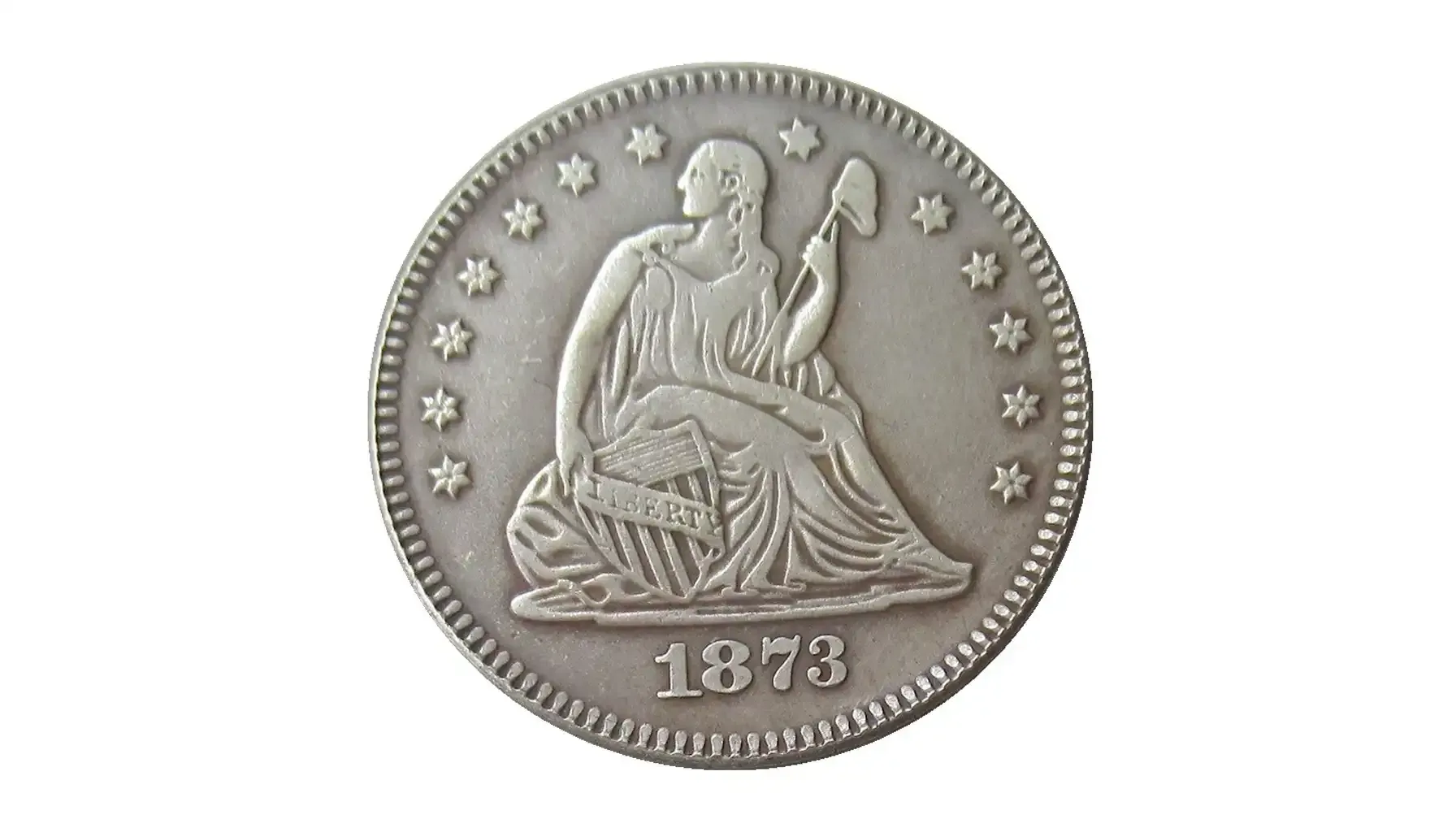
Record-Holding Dimes and Auction Prices
Coin Name | Grade | Estimated/Auction Price |
1873 Seated Liberty (CC No Arrows) | 65 | $2,400,000 |
1894-S Barber | 65 | $2,500,000 |
1796 Draped Bust | 68 | $1,150,000 |
1916-D Mercury | 66+ | $1,500,000 |
1975 No-S Roosevelt (Proof) | 68 | $456,000 |
1804 Draped Bust (14 Stars Rev JR-2) | 63 | $800,000 |
1942/1 Mercury | 65 | $132,000 |
1982 No Mint Mark Roosevelt Dim | 66 | $6,000 |
Early U.S. Dimes: Foundations of Rarity
Dimes entered American coinage in 1796 under the Coinage Act of 1792. The earliest varieties, like the 1796 Draped Bust, are now among the most rare dimes to look for. Early mintage numbers were low, and few examples survived in good shape.
The first designs featured Lady Liberty on the front and an eagle or wreath on the reverse. Later, the Seated Liberty design and Barber dimes carried us through the 1800s. The older issues dominate conversations about rare dimes coins, for their history and artistry.
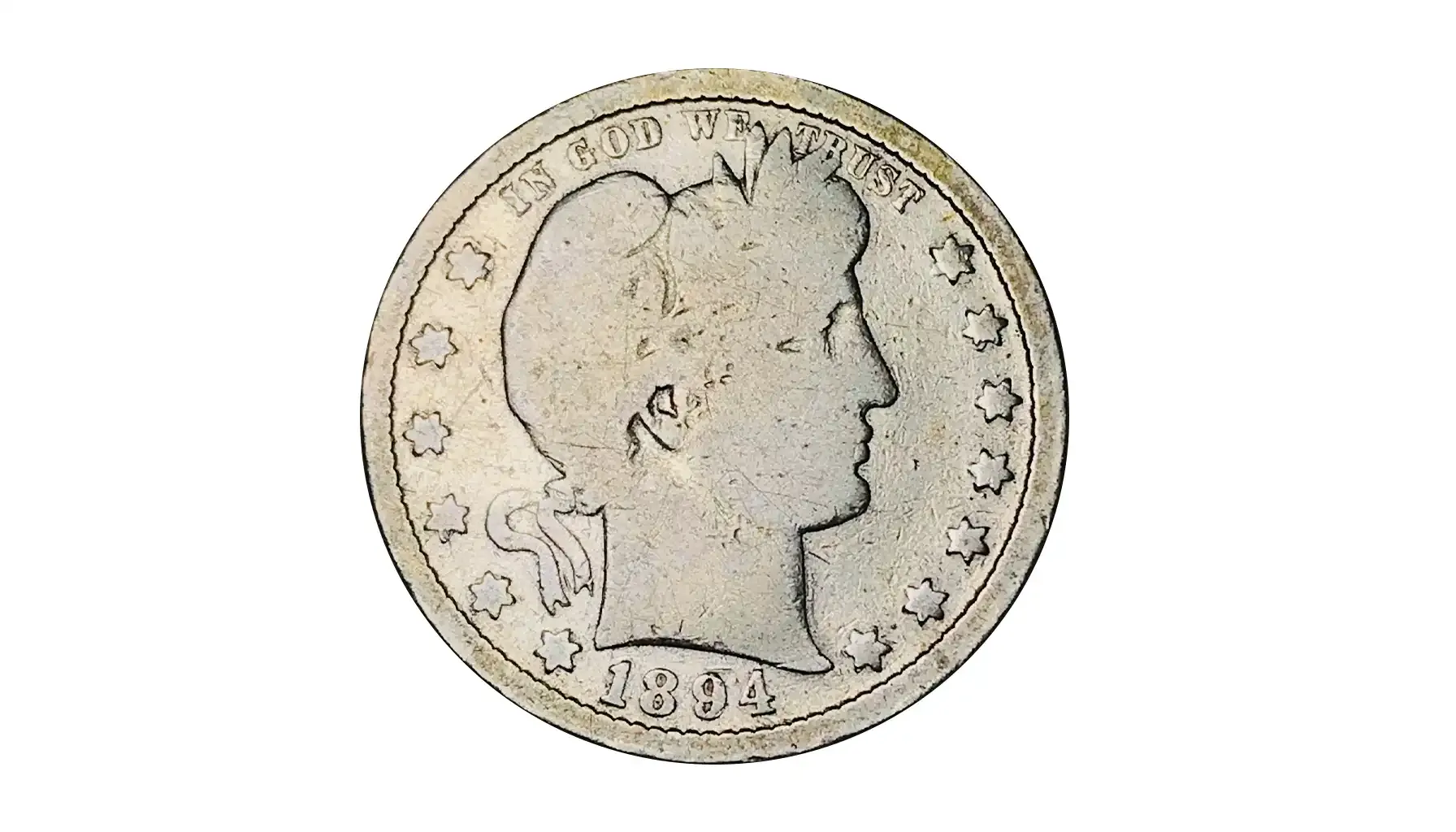
The 1894-S Barber: The Crown Jewel
The 1894-S Barber Dime is a legendary coin. Only 24 were struck, possibly as gifts or for balance-sheet reasons. Of those, just nine are confirmed to exist today.
One sold for over $2.5 million. It’s at the top of nearly every list of rare dimes worth money. Even heavily worn specimens would be worth six figures.
Mercury: A Classic Series
Introduced in 1916, Mercury dimes are also known as Winged Liberty Head dimes. And tucked inside this series are some of the most rare Mercury dimes ever made.
Mercuries to watch:
1916-D: only 264,000 minted, all at the Denver Mint. A clean coin can top $1.5 million, while circulated ones often sell for thousands.
1942/1 and 1942/1-D Overdates: these dimes show a “2” over a “1.” If you spot this with a loupe, you could be looking at $20,000–$100,000.
1918-S and 1919-S: not ultra-rare, but high grades bring serious prices often over $100,000.
Roosevelt: Still Minted, Still Surprising
Roosevelt dimes are modern and mundane, but don't be fooled. A few of the most surprising rare Roosevelt dimes come from this ongoing series.
Standout Roosevelts:
1975 No-S Proof: a missing mint mark on a proof coin. Only two known. One sold for $456,000.
1968 No-S Proof: another proof error worth around $15,000–$20,000.
1982 No Mint Mark (Business Strike): found in circulation and still turning up in change. Value is up to $6,000.
Rare Roosevelt Errors
Coin Description | Mint Error Type | Market Value Range |
1975 No-S Proof | Missing mintmark | Up to $456,000 |
1968 No-S Proof | Missing mintmark | $15,000 – $20,000 |
1982 No Mint Mark (Business) | Missing mintmark | $3,000 – $6,000 |
Pre-1965 Roosevelt Dimes | 90% silver content | $2 – $5 (melt value) |
Silver: Reliable Value in Metal
All dimes minted before 1965 contain 90% silver; it’s an easy target for collectors and bullion fans. They’re not particularly rare dimes, but their melt value alone justifies holding onto them.
You’ll find silver in:
Barber Dimes (1892–1916)
Mercury Dimes (1916–1945)
Roosevelt Dimes (1946–1964)
How to Spot Rare Dimes in the Wild
You can actually find something yourself, here is a little cheat sheet of rare dimes list for you:
Date and mintmark: learn the big ones—1916-D, 1894-S, 1975 No-S.
Unusual features: doubled dies, overdates, missing mintmarks.
Silver edges: if it lacks a copper stripe, it’s probably pre-1965.
Condition: sharp detail and no cleaning? That’s a winner.
Every collector keeps a short list of rare dimes quarters value to look for. These signs can mean the difference between junk silver and a once-in-a-lifetime find.
Grading and Its Role in Value
The Sheldon Scale runs from 1 to 70. The higher the grade, the higher the price. Some of the most rare valuable dimes mentioned above are graded MS-65 or better, and those few points make a massive difference.
Even a rare US dime like the 1916-D Mercury in low grade might sell for $1,000. But bump that up to MS-66, and you're talking about six-figure sales.
Could rare dimes be hiding in your pocket? You bet. Silver dimes, like those from the 1940s and '50s, can still be somewhere around unrecognized. The 1982 No Mint Mark Roosevelt Dime was found in circulation. While rarest dimes in the US aren't common, some of them still are lying somewhere.
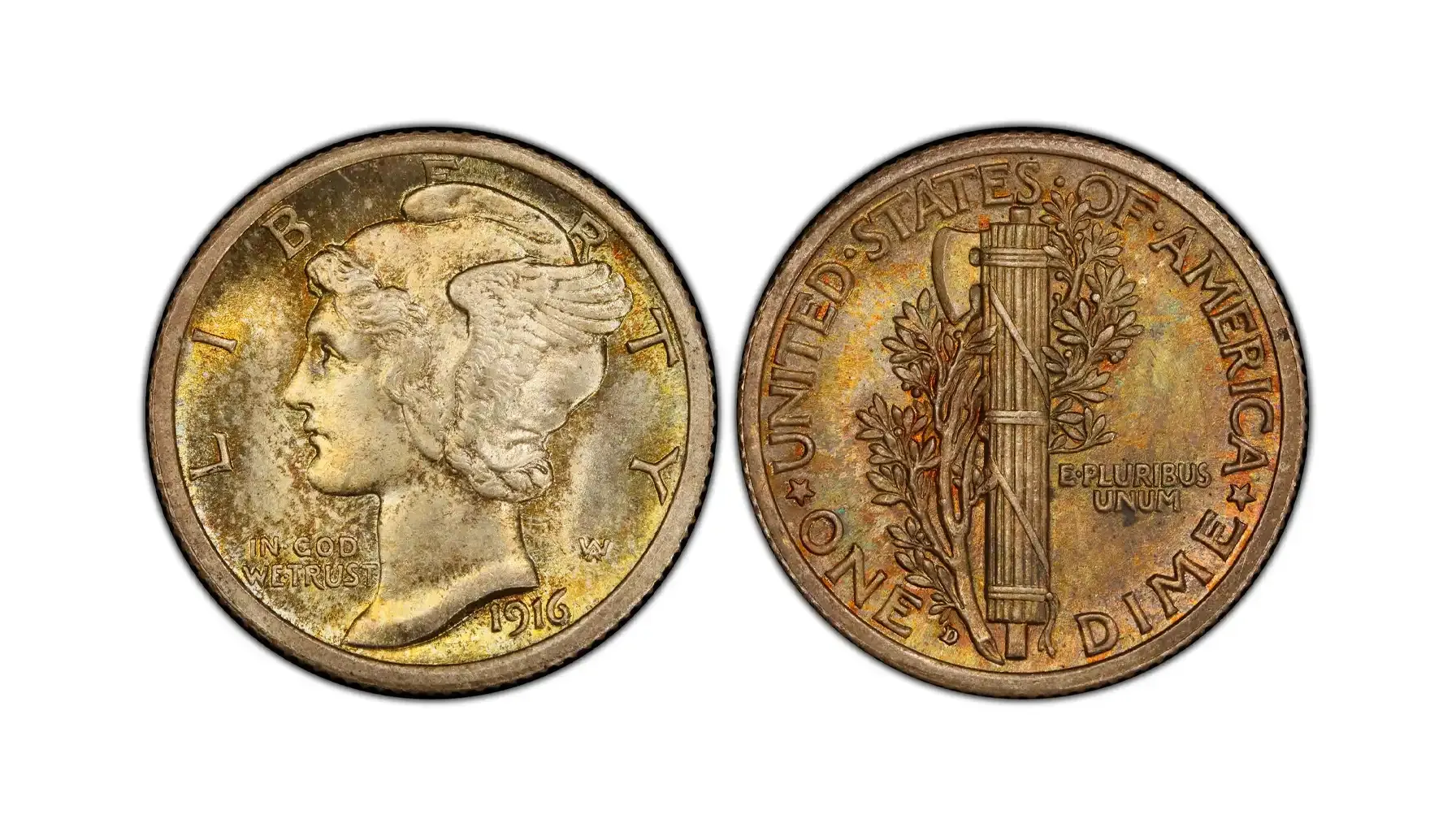
Collector Tips for the Dime Hunter
If you want to start collecting or you’ve been stacking silver and chasing key dates for years, you still need a strategy. And we got tips that come straight from the field, what experienced collectors actually do to build (and protect) a smart, valuable collection of rare dimes worth money.
Know your dates: certain years are burned into every serious collector’s brain: 1894-S, 1916-D, 1942/1, 1975 No-S. Learn them by heart, and know which mintmarks matter what. That knowledge will save you from passing over a five-figure coin because it “just looked old.” Create a cheat sheet or use a coin app until these dates become second nature.
Never clean coins: no matter how dirty it looks, resist the urge to clean a coin. What seems like harmless polishing can erase fine details, create hairline scratches, and wipe out original luster all of which will tank your coin’s grade. Even lightly cleaned coins can lose 50% or more of their value.
Use a loupe or magnifier: to find rare dimes to look for, you need to see the details others miss. Overdates like 1942/1, repunched mintmarks, and subtle double dies aren’t visible with the naked eye. A 10x or 20x loupe will help you catch the kind of minor features that make a coin go from $5 to $5,000.
Store smart: storage is half the battle if we’re talking about maintaining value. PVC-based flips can break down over time and leave a green residue that eats into your coins. Instead, use acid-free 2x2 holders, archival pages, or professional-grade slabs. Keep them in a dry, dark environment, and avoid temperature swings. Proper storage protects your coins and your investment.
Grade the big ones: if you suspect you’ve found something special, you should never, ever, sell it raw. Getting a coin graded by PCGS or NGC doesn’t verify its authenticity and dramatically increase its resale value. A professionally graded rare US dime has more trust that raw coins simply don’t carry. Slabbing also protects your coin from damage during handling.
Hunt regularly: consistency pays off. Search through pocket change, buy bank rolls, visit estate sales, attend local shows, and check junk silver bins. Even long-time collectors still get excited when they score a silver dime or odd error in circulation. Some of the best finds come from the least expected places, like a forgotten coin jar in someone’s attic.
Watch the market: coin values move with trends, auction activity, and bullion prices. A rare silver dime might double in value in a hot market or drop during a lull. Follow coin forums, subscribe to auction houses, and pay attention to silver spot price.
If you’re in the habit of stacking silver or collecting pre-1965 rare silver dimes, take a look at our Silver Price Prediction for 2030. You should understand where silver might be headed can help you decide when to hold, sell, or buy more coins based on melt value and market potential.
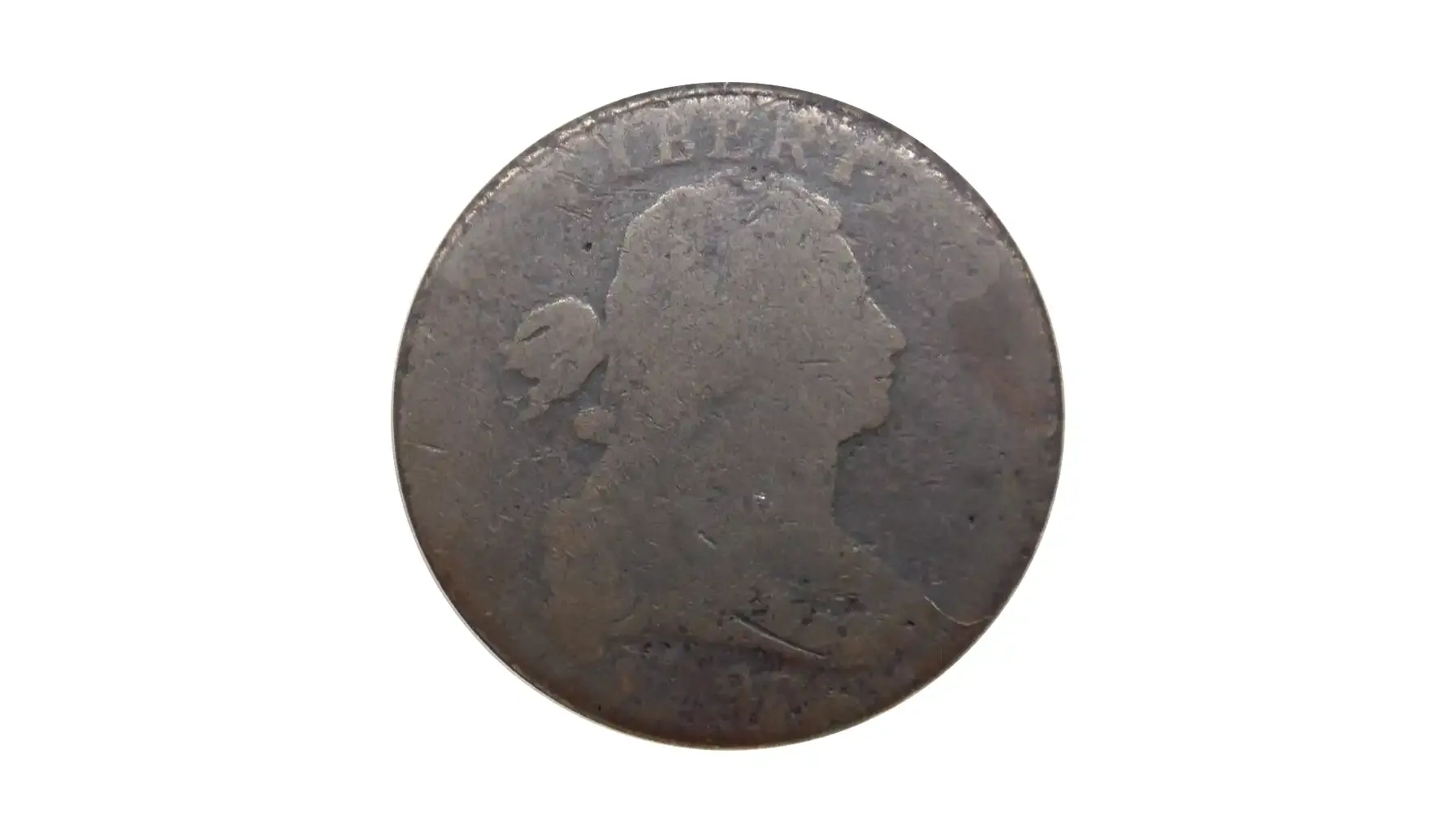
Frequently Asked Questions
What are the rarest dimes?
The 1894-S Barber Dime leads the pack, but early Draped Bust dimes and certain error Roosevelt dimes are also incredibly scarce.
Are there any rare dimes in circulation?
Yes, silver dimes and the 1982 No Mint Mark Roosevelt Dime have been found in pocket change.
What are rare dimes and quarters worth today?
It depends on the condition, but some reach six or seven figures. Even basic silver dimes are worth $2–$3.
How do I know if my dime is rare?
Look for unusual dates, missing mintmarks, and overstrikes. Then compare with trusted guides or get it graded.
Are all pre-1965 dimes valuable?
Most are worth their weight in silver, but only a few are truly rare US dimes worth hundreds or more.
Can modern dimes be rare?
Yes, especially error coins like the 1975 No-S or the 1982 No Mint Mark.
Are bankrolls worth searching for rare dimes?
Absolutely. Many collectors have found rare silver dimes and even error coins in sealed rolls from banks.
Protecting Money
If you found a rare coin and checked it, preserving it is what ensures its long-term value. Proper care is non-negotiable. Mishandling or poor storage wipes out decades of value in seconds.
Here’s how to keep your collection safe:
Handle rare US dimes by the edges only: never touch the faces of the coin with your bare fingers. Natural oils and acids from skin cause toning, discoloration, or even microscopic corrosion. Use cotton gloves when handling anything of potential value.
Use the right storage materials: avoid PVC-containing plastics because these can break down over time and cause a sticky, green residue that ruins surfaces. Instead, opt for acid-free 2x2 holders, inert flips, or capsules. For high-value coins, consider professional encapsulation (slabbing).
Control temperature and humidity: coins do best in stable environments. Store your collection in a cool, dry space away from direct sunlight and humidity. A dehumidifier or silica gel packs can be helpful if you're storing in a basement or attic.
Avoid cleaning or polishing: this can't be stressed enough: don’t clean your coins. Even mild abrasion can scratch the surface and drop a coin’s grade instantly. A “shiny” dime cleaned with a cloth may be worth less than a darker, untouched one.
Document your collection: keep a log of the coins you own, their grades (if slabbed), estimated values, and purchase details. This helps with tracking, resale, and insurance if needed.
If you’re collecting for investment as well as passion, taking care of your coins is as important as knowing what are the rarest dimes.
Interested in expanding your collection beyond dimes? Check out our guide on Gold State Quarters, a curious offshoot of the classic 50 State Quarters program. While many are plated, some have surprisingly high demand among niche collectors.
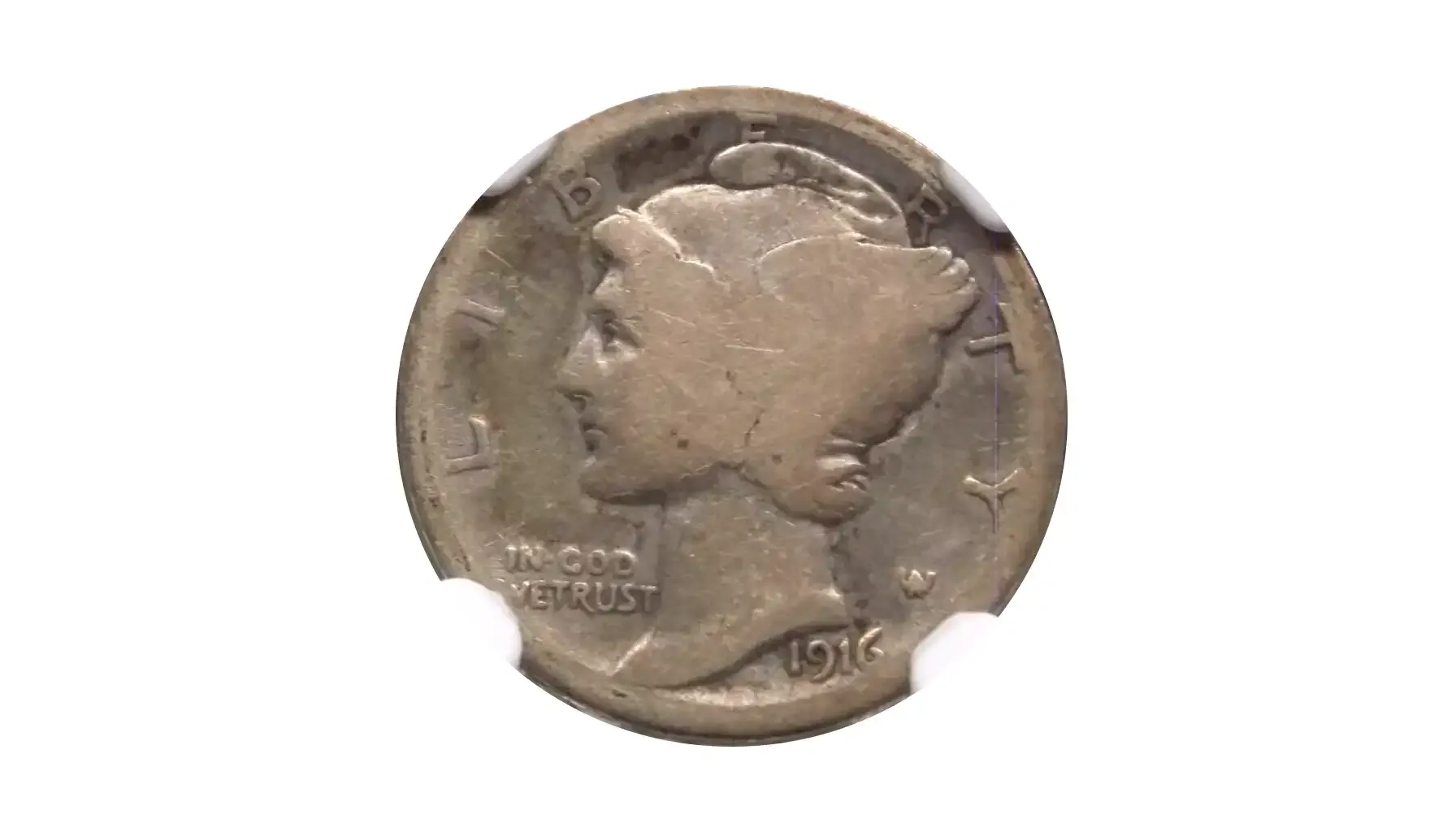
Final Thoughts
Even the smallest coins can be the biggest surprises. You may figure this out by looking at silver melt value to six-figure rarities, careful eyes and a little knowledge can pay off in a big Knowing what to look for, and where to look, will give you a chance to get something big into your collection. Keep checking your change, learn the key dates, and use tools like the Coin ID Scanner to help spot hidden value. Who knows? That next ultra-rare dime might be sitting in your drawer right now.


